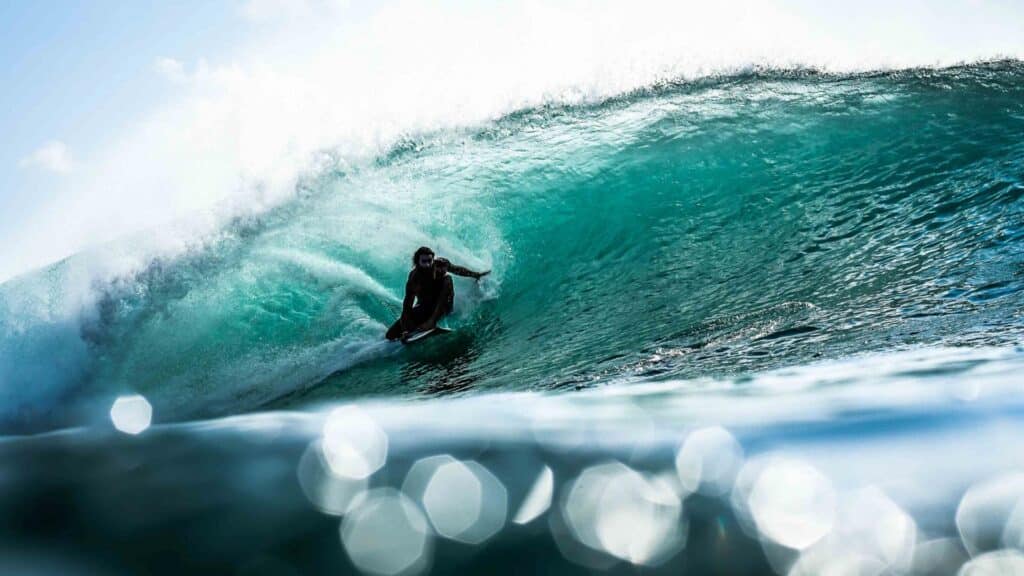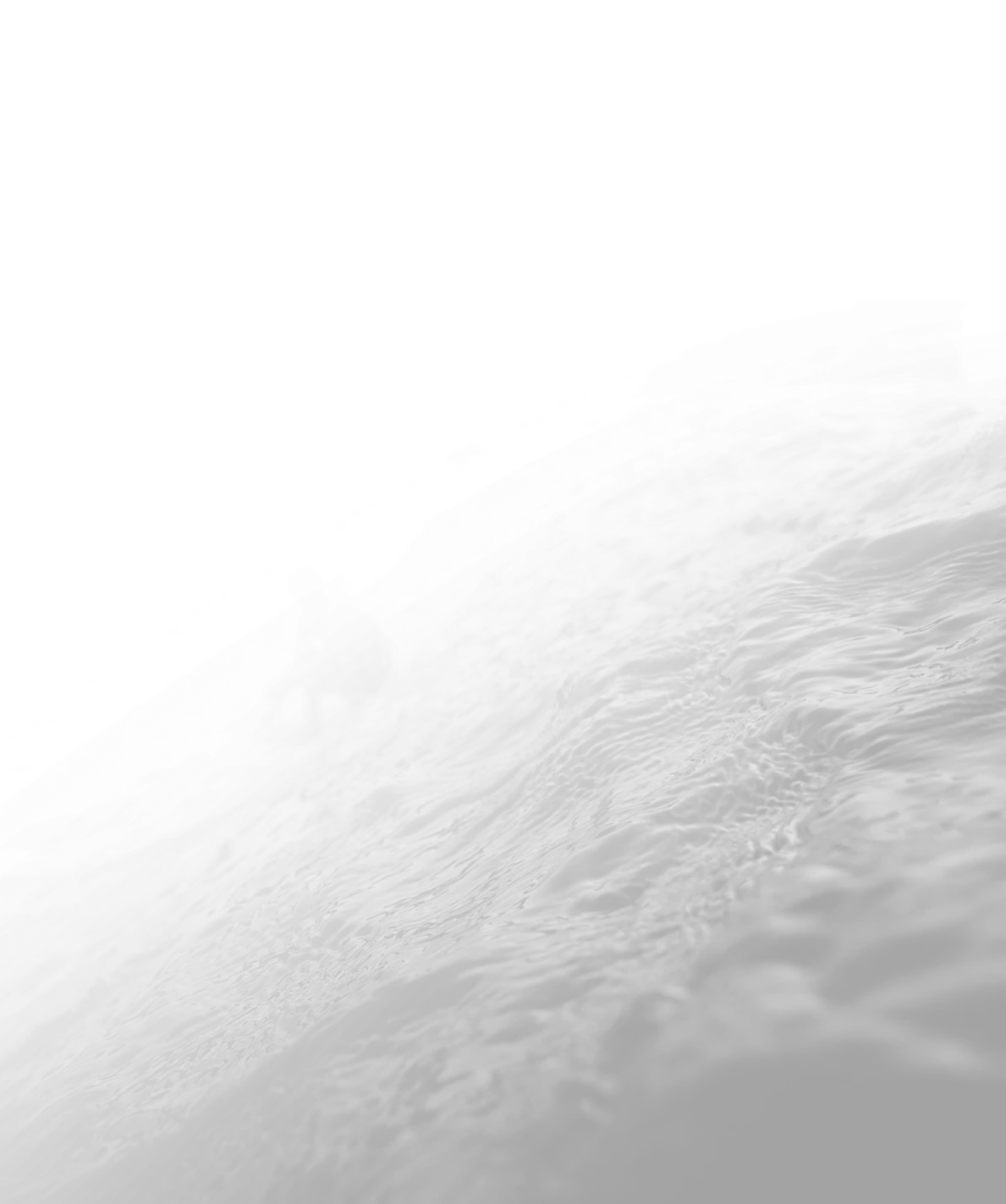Are you eagerly anticipating the thrill of catching the perfect wave in Bali? Whether you’re a seasoned surfer or mustering the courage to ride your first wave, Bali offers an idyllic paradise for surfers that’s hard to resist.
But when is the best time of year to visit Bali?
The answer lies in understanding Bali’s unique surf seasons. From April to October, the island basks in the dry season’s golden sunshine, with consistent swells and offshore winds creating ideal surfing conditions.
However, if you prefer a more peaceful surfing escape, the shoulder months of April, May, September, and October offer quieter beaches with still-excellent waves.
With that said, let’s dive into the details and explore what each season offers for surfers looking to make the most of their Bali adventure!
Key Takeaways
Don’t have time to read our full guide? Not to worry, here’s our quick rundown on the best time to visit Bali:
- The best time for surfing in Bali is typically during the dry season, which starts in April and continues through October. Ideal conditions are usually found in May, June, and September.
- While the wet season (November to March) offers fewer crowds and lower accommodation prices, it can impact surf conditions, especially on the west coast.
- The shoulder months, April, May, September, and October, strike a nice balance between good surfing conditions, manageable crowds, and accommodation deals.
Ideal Surfing Seasons in Bali

As we just hinted at in the introduction, Bali has two distinct surfing seasons:
- Dry season
- Wet season
Bali’s dry season extends from April to October. It’s known for delivering reliable swells from the Indian Ocean, consistent waves, and sunny weather, so it’s no wonder surfers from all over the world flock to Bali during this time.
During this period, the largest swells typically hit from May to September, with popular surf spots like Uluwatu and Padang Padang offering world-class waves. These sites become bustling hubs of activity, attracting surfers from all corners of the globe – so be sure to book accommodation early to secure your spot!
On the other hand, the rainy season, which spans from November to March, brings frequent heavy showers, warm temperatures, and shifts in wind direction. These conditions impact the quality of surf conditions on the west coast but enhance them on the east coast. For example, Nusa Dua and Sanur become more appealing as the winds shift.
While the wet season might not seem like the best time to visit Bali for surfing, it does offer some unique advantages, such as less crowded beaches and a more laid-back atmosphere. This is a great time to explore the less frequented surf spots and enjoy a more intimate surfing experience.
Best Months for Consistent Waves
For consistent waves, the best months to visit Bali are typically May, June, and September. During these months, the weather is reliable, and the ocean swells are at their peak, providing ideal surfing conditions.
Crowd levels also tend to be lower in May, June, and September than in peak tourist months that coincide with the European summer holidays – like July and August. This makes navigating popular surf spots much easier (especially if you’re a beginner). Plus, the quieter atmosphere is a bonus if relaxation is also high on your list of priorities.
Bali’s Average Temperatures Throughout the Year
Bali’s wonderfully warm average temperature year-round makes it a top destination for surfers seeking consistent weather. The facts bear this out:
- In July and August, Bali’s average temperature is around 27°C, offering warm, pleasant conditions for surfing.
- During the dry season, temperatures drop to 22-24°C at night, providing a cooler experience for milder evenings.
- Similarly, temperatures in Bali range from 26°C in January and February with an average of 29°C in May, ensuring warm conditions suitable for surfing all year round.
The bottom line: Even during the wet season, you can expect hot temperatures throughout the year. So, fear not; you’ll be able to escape the chilly European winter months!
Rainfall Considerations for Surfers

Understanding Bali’s rainfall patterns is essential for planning your surfing trip to maximise your time on the waves.
As previously mentioned, April marks the beginning of Bali’s dry season. This season features mostly sunny days with rising temperatures and lower humidity. This makes April an excellent transition month for surfers, as the waves become more consistent, and the beaches are less crowded compared to peak season.
In contrast, October marks the tail end of the dry season, with a minor increase in rainfall. Despite this, October still boasts reasonable surfing conditions, with fewer crowds and relatively consistent waves.
As you might imagine, the wet season in Bali, from November to March, brings more unpredictable rainfall patterns, with increased humidity and frequent downpours.
November and December see an increase in rainfall. However, this doesn’t necessarily mean that surfing conditions are bad. The waves remain relatively consistent, especially on the east coast, where the winds tend to be more favourable during these months. These conditions can be ideal for surfers seeking less crowded beaches and a more adventurous experience.
January is typically the wettest month, with early to mid-afternoon downpours being common. Surfers should plan their sessions around these rain showers, as mornings are often drier with lighter winds.
To make the most of the conditions, it’s essential to monitor weather forecasts and be flexible with your surfing schedule.
February continues the trend of heavy rainfall, but the surf can still be enjoyable, especially for those happy to brave the elements and explore different surf spots around the island. The rain can also bring a sense of tranquillity and a unique vibe to the surfing experience, making it an excellent time for those seeking a more serene atmosphere.
March marks the transition back to the dry season, with rainfall beginning to decrease and surfing conditions gradually improving. As the crowds start to thin out and the waves become more predictable, it’s an excellent time to explore various surf breaks.
The moral of the store: Flexibility is key when planning a surfing trip to Bali. While the island’s rainfall patterns vary throughout the year, there are always opportunities to enjoy excellent surfing conditions. By understanding these patterns and planning accordingly, surfers can make the most of the diverse surf breaks Bali has to offer, regardless of the season.
Are You Ready to Visit Bali for Your Next Surf Trip?
Deciding when to visit Bali for surfing involves considering various factors, most notably the following:
- Weather
- Wave conditions
- Crowd levels
- Accommodation availability
With Bali’s dry season (April to October) you can expect hot sunny days, optimal surfing conditions and reliable swells, making it the prime time for surfing enthusiasts.
On the other hand, despite the wet weather from November to March, the low season provides a more relaxed atmosphere with less crowded beaches and lower accommodation prices.
That said, the best months for consistent waves are May, June, and September. These months offer a decent balance of great weather and manageable crowd levels.
By planning your trip around the best surfing seasons, you’ll increase your chances of enjoying an epic surf trip. So, whether you’re chasing the biggest swells or looking to relax on Bali’s beautiful beaches, this island has something for everyone.
Our surf camp offers expert instruction, top-notch facilities, and a vibrant community of surf enthusiasts, so don’t miss out on the adventure of a lifetime— book your spot and make unforgettable memories on the beautiful shores of Bali!
Frequently Asked Questions
Still, have questions about the best time to visit Bali for surfing? We’ve got you covered! Below, we’ve listed some of the most frequently asked questions on the topic, as well as our answers. Let’s take a look:
What is the best time to go to Bali to surf?
The best time to visit Bali for surfing is the dry season, which runs from April to October. During this time, you’ll enjoy steady waves and plenty of sunshine.
Are there good surfing conditions during the wet season?
Absolutely, the wet season has its perks! You’ll find fewer crowds and lower accommodation prices while still enjoying some solid surfing conditions.
What’s the best month to visit Bali for surfing?
If you’re looking for the best waves in Bali, aim for May, June, and September. Those are the months with consistent swells and perfect surf conditions!
What other activities can I do in Bali besides surfing?
There are plenty of things to do in Bali besides surfing. For instance, you can explore ancient temples, go diving and snorkelling in beautiful waters, and hike through Bali’s stunning landscapes.
What should I pack for a surfing trip to Bali?
For a surfing trip to Bali, pack tropical surf wax and waterproof bags. Also, remember your SPF 50 sunscreen, hat, and insect repellent.


